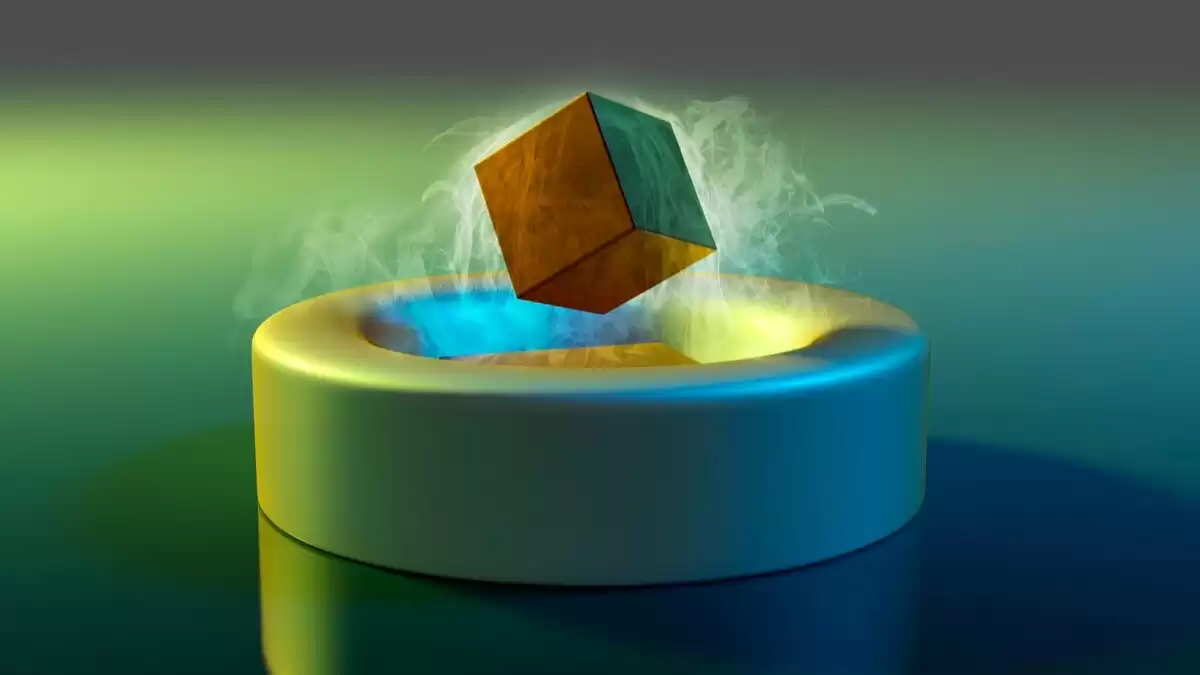LK-99: The Revolutionary Superconductor Set to Transform the World
Researchers from South Korea have published two papers describing the potential creation of a room-temperature superconductor known as LK-99. Superconductors are materials that exhibit near-zero electrical resistance and expel magnetic fields, allowing electric charges to move freely through them. Currently, superconductivity only occurs at extremely low temperatures and high pressures, limiting their practical applications. If the South Korean researchers' claims are validated, the room-temperature superconductor could revolutionize various industries by enabling transformative advancements at lower costs and with near-zero energy loss. However, further validation and scrutiny of the research is needed.
Excitement is building over the potential discovery of a room-temperature superconductor that could have a profound impact on engineering, physics, and energy. Two recent papers have hinted at the possibility of such a superconductor.
So, what exactly is a superconductor? Superconductors are materials that exhibit almost zero electrical resistance and can expel magnetic fields while allowing electric charges, typically electrons, to move through them freely. Discovered over a hundred years ago, superconductors are vital in modern transportation systems, medicine, energy transmission, and scientific research.
However, there is a drawback. Traditional conductors like copper and aluminum encounter resistance when electric current flows through them, resulting in energy loss in the form of heat. This is where superconductivity comes into play.
To explain this concept, let's use a highway as an analogy. Imagine cars representing electrons, which carry electricity, and the highway as a regular wire. In a normal wire, there would be traffic, collisions, and traffic jams, much like the resistance experienced by electricity. The energy from these collisions and jams is converted into heat, causing the wire to heat up when a large amount of electricity passes through it.
Now, envision a magical highway where cars, or electrons, can zoom along without ever colliding or slowing down. This is similar to what happens in a superconductor. There is no resistance to impede the flow of electricity, resulting in zero energy loss as heat.
In superconductors, a quantum phenomenon causes electrons to pair up, enabling them to move through the material's structure with remarkable ease, exhibiting near-zero electrical resistance and no energy loss.
However, this phenomenon only occurs at extremely low temperatures near absolute zero or under extremely high pressure. Achieving these conditions requires expensive and complex cooling systems like liquid helium, limiting the practical applications of superconductivity. This is why the recent discovery is so exciting.
The two new papers published on the arXiv preprint server by researchers from South Korea describe the creation of a material called LK-99 that can exhibit superconductivity at room temperatures.
This lead-based compound has the potential to conduct electricity without any resistance under normal conditions, presenting long-term advantages.
A room-temperature superconductor would possess superconducting properties at easily attainable and sustainable temperatures using conventional cooling methods. This could lead to transformative advancements in various industries at a lower cost.
The researchers stated on the preprint server, "For the first time in the world, we succeeded in synthesizing the room-temperature superconductor working at ambient pressure with a modified lead-apatite (LK-99) structure. The superconductivity of LK-99 is proved with the critical temperature, zero-resistivity, critical current, and critical magnetic field."
According to the South Korean researchers, LK-99 can be synthesized by combining the minerals lanarkite (PbSO) and copper phosphide (CuP) through a baking process.
The resulting material exhibits two crucial characteristics of superconductivity even under normal air pressure and temperatures as high as 127 degrees Celsius: zero resistance to electric current and the ability to levitate in the presence of magnetic fields.
While the researchers have proposed a plausible theory explaining how LK-99 could achieve room-temperature superconductivity, they have yet to provide definitive experimental evidence to support their claims.
Experts have expressed excitement about the finding, but they also note that the data presented in the research papers is inconclusive and requires further validation and scrutiny.
However, if the experimental proof is established, it would be a game-changer for the energy sector, ushering in a new era with minimal energy loss in power transmission.












Comments on LK-99: The Revolutionary Superconductor Set to Transform the World